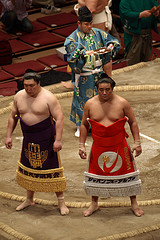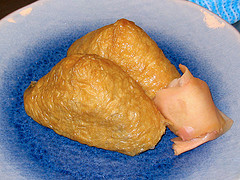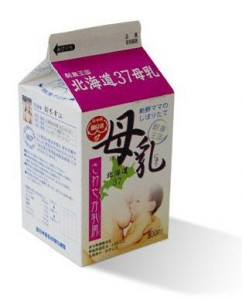
There has always been a lot of hype surrounding the eccentricities of the Japanese people but I believe that eccentric is as eccentric does. In the differences between the West and the East, we can learn a lot – even in the most mundane of things. Take for example how different Japanese soft drinks can be. I found this list on Inventor Spot and picked out some of the most interesting items.
Cucumber-flavored Pepsi, anyone?
I am a Coke person but Pepsi will do if the restaurant does not serve Coke. Yet I always stick to the regular kind. How about Pepsi Ice Cucumber, then? I do not know – I like cucumber in salads but in my drink? Uh, I am not so sure about that.
How about Mother’s Milk?
What? Yes, you read that right, they are marketing a drink called Mother’s Milk. Now I am not so sure if it is really milk from a (human) mother but the packaging of the drink is frightening. �It has a suckling baby. Who would want to drink mother’s milk aside from babies?
Salad and water in one
If you are in a hurry and you don’t have time to eat even a quick salad, then you should go for Water Salad. I can’t believe that Coca-Cola even dreamt up this drink. Was this a reaction to Pepsi’s cucumber drink?
My kid should learn how to drink early!
Give him Kidsbeer! It’s non-alcoholic but your kids will feel like they are adults as they drink their own version of beer. Bizarre, to say the least. I think I’ll give my kid root beer instead. 😉
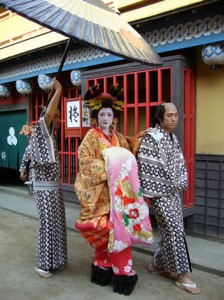
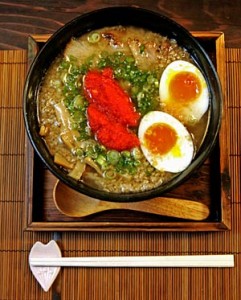 The Japanese have always been at the cutting edge of technological discoveries, and they haven’t failed to impress. Try visiting one of their ramen shops in Minami-Alps, Yamanashi and you will yet again be impressed; this time, with the juxtaposition of great food and robots.
The Japanese have always been at the cutting edge of technological discoveries, and they haven’t failed to impress. Try visiting one of their ramen shops in Minami-Alps, Yamanashi and you will yet again be impressed; this time, with the juxtaposition of great food and robots.